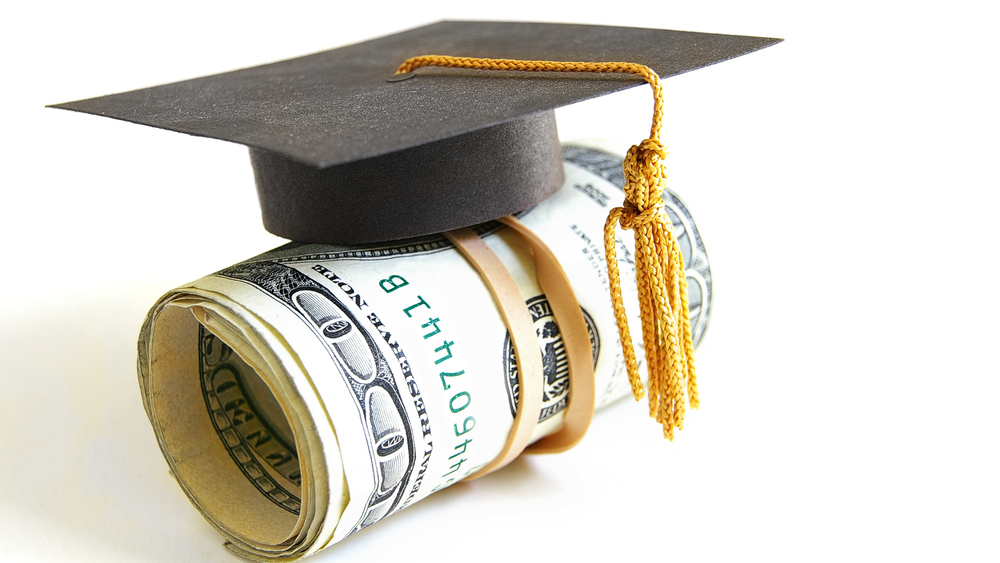Americans today tend to live like their government. Mortgaged houses, leased cars, heavy credit card debt and student loans to finish college. Two thirds of all students graduating today have some level of debt. While the numbers are always changing, the average is around $26,600. In total, however, student debt has reached a new milestone. It has just crossed the $1.2 trillion dollar mark.
The majority of student loans are backed by the U.S. government through banks like Sallie Mae, or since 2010, by the Department of Education. The creditor in this scenario is the U.S. taxpayer, who, if students default on these loans, will be subject to carry the burden of these loans.
If you are under the impression that only four-year schools are subject to debt, think again. Of those students completing an associate’s degree from a community college, 38% graduate with debt. One community college, Henry Ford Community College in Dearborn, Michigan is offering a one-time amnesty program that will allow students who owe a balance, the opportunity to return to college. The program offers students the opportunity to pay 50% of what is owed on their account to settle their debt with the college.
The cost of the debt does not tell the full story as the $1.2 trillion dollars does not include funds students must divert away from retirement savings, parent borrowing, or credit card debt. So what does 3.8% interest translate to for students? If we go back to that $26,600, compounding for interest year over year using the 10 year payback plan that is standard, the total cost of your $26,600 loan is about $38,600. Break that down by monthly payments and you are looking at about $320 per month. This debt costs time in savings, pushes back when you can buy a home, start a family, open a small business or access capital.
While many have been calling for debt forgiveness, others have a problem with burdening the taxpayer with the responsibility to pay back loans that they are neither responsible for, nor benefit directly from. One of the problems of debt forgiveness is that it sets a precedent that similar loans in the future will also be forgiven. As the expectation of repayment obligation falls, borrowers may enter into a situation where they take on higher levels of debt and take more risks.
Multiple government programs help borrowers get some or all of their student loan debt forgiven. The Department of Education’s Public Service Loan Forgiveness Program covers those who work at least 30 hours a week for a public service organization; teachers who first took our Direct Loans can also take advantage of the Teacher Loan Forgiveness Program. Under this program, once you have taught for five years in certain schools or educational service agencies that serve low income families, you can get up to $17,500 in loans forgiven. Perkins Loan borrowers are eligible for several forgiveness and cancellation opportunities. Many educators in elementary and secondary schools, firefighters, law enforcement officials, nurses and active duty military personnel in hostile fire areas qualify to have as much as 100% of their Perkins Loan balances cancelled under certain conditions.
The problem is, however, growing. Student loan debt is the fastest growing consumer debt and a lot of it is not getting paid back. About 11.5% of student loan balances are 90+ days delinquent. The debt is increasing due to both new loans being taken out and by charges accruing from old loans. About 36,000 Americans lost a portion of their Social Security check in 2013 due to unpaid federal student loans.
There appears to be no easy solution. Allowing the private equity market to have students refinance their balances at lower rates is one suggested fix, but this would have to be based upon their earnings potential and other underwriting considerations. However, this refinancing option is offset by the rising cost of a college degree. Many educators are concerned about the ballooning tuition costs. The skyrocketing cost of higher education is at the core of the problem. This cost creates financially crippling loans that create a perpetual debt cycle for the college graduate. Loan forgiveness becomes less and less of an option as the cost of this forgiveness becomes a staggering burden to the taxpayer.








